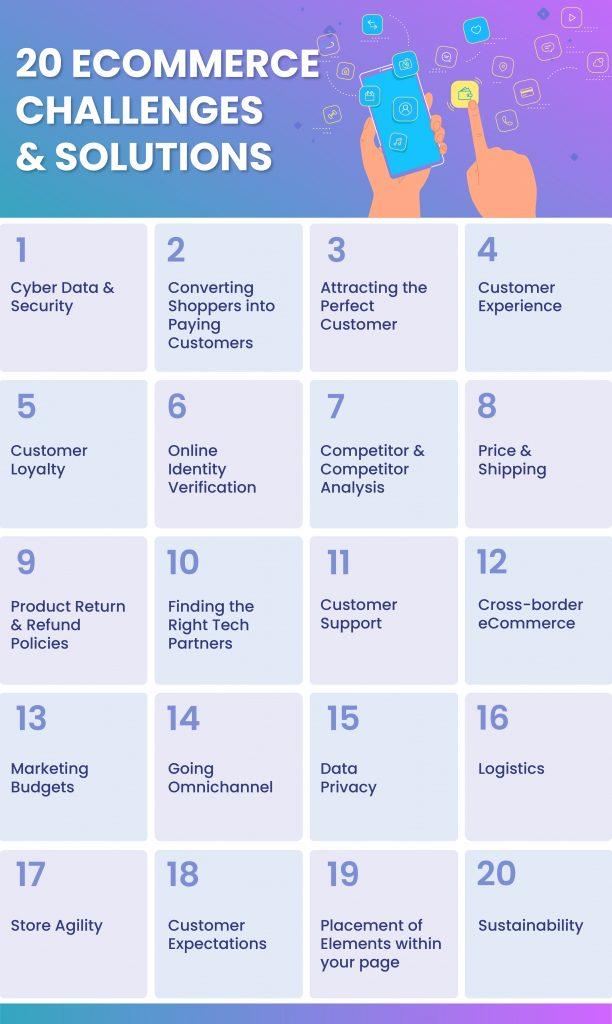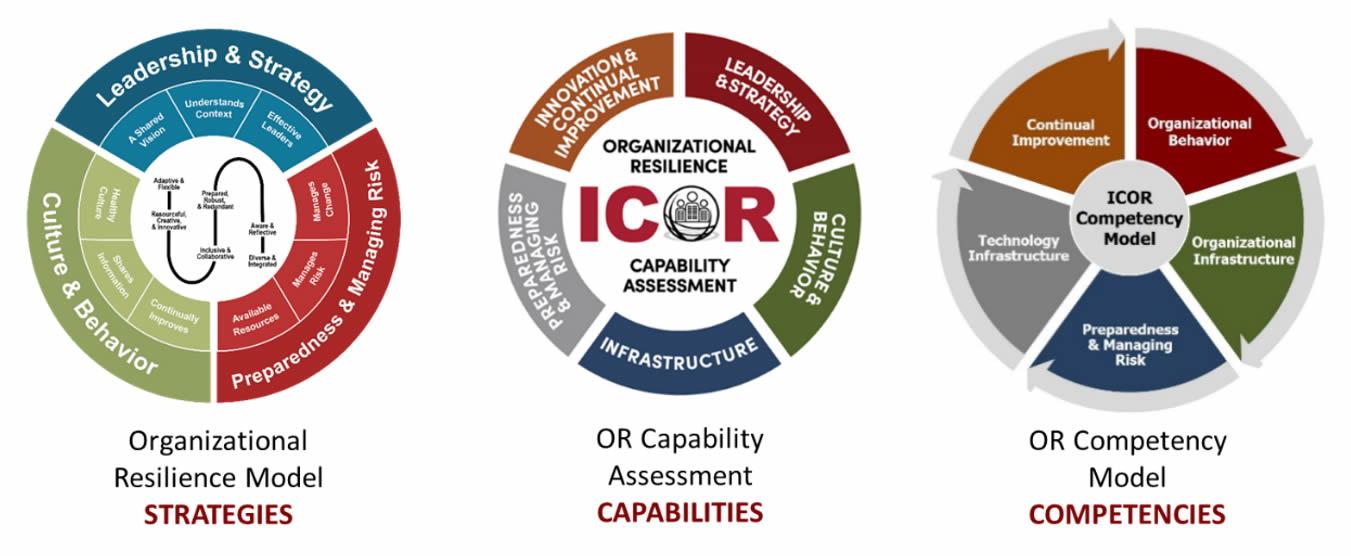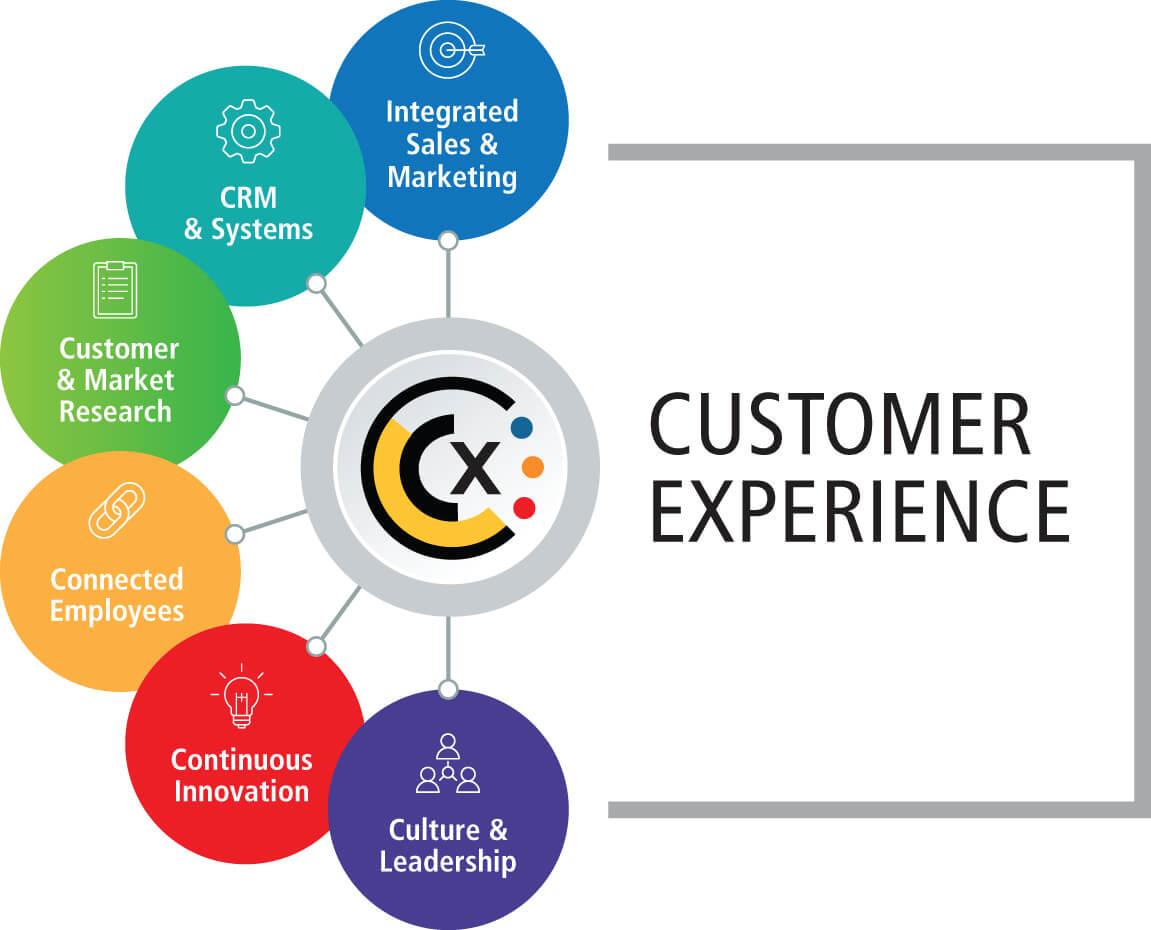From Challenges to Triumph: An E-Commerce Success Journey
In an era where digital storefronts have become the norm, the journey from a spark of inspiration to a flourishing e-commerce enterprise is often fraught with hurdles. Each success story in the online marketplace hides a tale of trial and error, innovation and adaptation, small victories, and sometimes profound setbacks. “From Challenges to Triumph: An E-Commerce Success Journey” delves deep into the captivating narrative of entrepreneurs who navigated the turbulent waters of the digital economy. Through resilience and ingenuity, they transformed obstacles into stepping stones, carving out a place for themselves in a competitive landscape. Join us as we explore the multifaceted experiences of these digital pioneers, uncover the lessons learned along the way, and celebrate the triumphs that emerged from their dedication and perseverance.
Table of Contents
- Navigating the E-Commerce Landscape: Identifying Common Challenges
- Building a Resilient Strategy: Lessons from Setbacks and Successes
- Enhancing Customer Experience: Turning Feedback into Opportunities
- Scaling for Success: Leveraging Technology and Innovation in E-Commerce
- To Conclude

Navigating the E-Commerce Landscape: Identifying Common Challenges
The e-commerce landscape is bustling with opportunities, yet it presents its own set of hurdles that entrepreneurs must overcome to carve a niche in the digital marketplace. One of the most pressing challenges is managing customer expectations. In a world where instantaneous delivery has become the norm, businesses must ensure prompt shipping and seamless service. This encompasses everything from clear product descriptions to hassle-free return policies. A few key considerations include:
- Website Performance: Slow loading pages can lead to cart abandonment.
- Customer Support: 24/7 assistance can differentiate your brand.
- Shipping Transparency: Keeping customers informed on delivery times can enhance satisfaction.
Furthermore, competing in a saturated market can be daunting. With countless brands vying for consumer attention, it’s essential to identify unique selling propositions and establish an original brand voice. Businesses must also leverage technology and data analytics to understand consumer behavior and fine-tune their strategies. Here’s a simple view of coping strategies for common competitive challenges:
| Challenge | Strategy |
|---|---|
| High Competition | Differentiation through niche targeting |
| Market Saturation | Innovative marketing campaigns |
| Price Wars | Value-added services |

Building a Resilient Strategy: Lessons from Setbacks and Successes
Building a resilient strategy often requires an honest reflection on both failures and triumphs. Every setback in the e-commerce landscape serves as a valuable lesson, teaching us that adaptability is key to evolving market demands. Some essential takeaways include:
- Embrace Change: Trends shift quickly; staying relevant means embracing new technologies and methods.
- Understand Customer Needs: Engaging with customers helps identify what they value most, allowing businesses to cater to their desires.
- Data-Driven Decisions: Utilizing analytics to inform strategy can reveal patterns that lead to informed changes.
It’s also crucial to celebrate successes, no matter how small, as they contribute to building a robust foundation for future endeavors. Structure your wins by recognizing critical metrics such as:
| Metric | Initial Value | Current Value |
|---|---|---|
| Monthly Revenue | $10,000 | $50,000 |
| Website Visitors | 2,500 | 15,000 |
| Customer Retention Rate | 20% | 65% |
By analyzing these successes, businesses can replicate positive behaviors and refine their approaches to future challenges, ensuring a steady path towards growth in the e-commerce world.

Enhancing Customer Experience: Turning Feedback into Opportunities
Understanding customer feedback is not just about collecting data; it’s about transforming that data into actionable insights that drive the overall enhancement of the shopping experience. By implementing robust feedback mechanisms, e-commerce businesses can identify key pain points and leverage customer insights to refine their services. For instance, surveys and review requests can uncover specific areas that need improvement, such as website navigation or product descriptions. Adapting these elements based on actual customer experiences helps create a more user-friendly environment, fostering loyalty and encouraging repeat visits.
Moreover, businesses can actively engage with customers through personalized responses and follow-ups, turning a potentially negative experience into a positive interaction. Some effective strategies include:
- Implementing a feedback loop: Ensure that customers see their feedback in action, which builds trust.
- Offering incentives: Reward customers for their insights, encouraging more candid and constructive feedback.
- Conducting focus groups: Gather a diverse group of customers to dive deeper into specific challenges.
| Feedback Type | Action Taken | Outcome |
|---|---|---|
| Website usability issues | Redesigned navigation | Increased user engagement by 25% |
| Product quality concerns | Enhanced quality checks | Decreased returns by 15% |
| Slow customer service | Added live chat support | Improved response time by 40% |

Scaling for Success: Leveraging Technology and Innovation in E-Commerce
In today’s rapidly evolving digital landscape, e-commerce businesses are increasingly recognizing the significance of embracing technological advancements to enhance their operations. By implementing cutting-edge tools and fostering a culture of innovation, companies can not only streamline their processes but also create memorable shopping experiences for customers. This transformation often begins with data analytics to gain insights into consumer behavior, allowing brands to tailor their offerings and marketing strategies effectively. Furthermore, artificial intelligence and machine learning applications enable e-commerce platforms to automate customer service inquiries, personalize recommendations, and optimize inventory management, significantly increasing efficiency.
Moreover, the adoption of cloud-based solutions allows businesses to scale operations up or down with ease, facilitating growth while keeping costs in check. Organizations can further enhance their agility by leveraging API integrations to connect various software and systems, creating a seamless workflow that enhances decision-making and responsiveness. To illustrate the impact of these technologies on e-commerce success, consider the following table highlighting key innovations and their benefits:
| Innovation | Benefits |
|---|---|
| Data Analytics | Enhanced consumer insights and targeted marketing |
| AI & Machine Learning | Personalized shopping experience & improved customer support |
| Cloud Solutions | Scalable infrastructure & cost efficiency |
| API Integrations | Streamlined processes & better data management |
To Conclude
As we conclude our exploration of the transformative journey from challenges to triumph in the realm of e-commerce, it becomes clear that every setback can serve as a stepping stone to success. The stories of innovative entrepreneurs demonstrate that resilience, adaptability, and a keen understanding of consumer needs can turn obstacles into opportunities.
In a landscape that is as dynamic as it is competitive, the ability to pivot and learn from adversity is what truly sets successful businesses apart. As the e-commerce world continues to evolve, we must remember that each challenge faced is not merely an impediment but a vital part of the narrative—a chapter that ultimately leads to growth and achievement.
As you embark on your own e-commerce journey, let these lessons inspire you to embrace the trials, celebrate the victories, and, most importantly, foster the unwavering spirit that drives success. Your own tale of triumph awaits; all that’s needed is the courage to begin.
